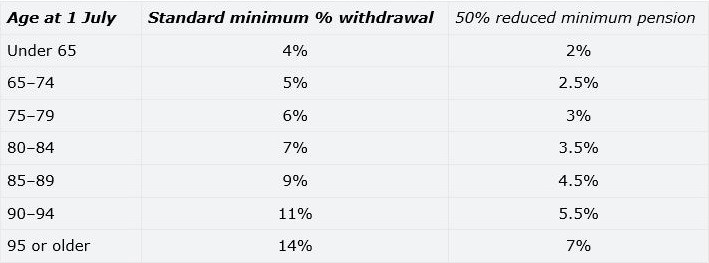




It’s that time of the year when you need to run your eye over your finances to ensure all is in order before the end of the financial year on 30 June. No more so than if you have a self-managed superannuation fund (SMSF). There is a lot to consider and it can seem overwhelming, this has prompted me to compile a comprehensive checklist to help steer you on the right path.

While the above is not an exhaustive list it should ensure you and your SMSF make it through the end of the financial year in good shape.
For clients of Hewison Private Wealth, your adviser is already performing these checks for your SMSF and if they have not yet been in contact, they will be soon.
If you are unsure about your SMSF and would like a Hewison adviser to review your fund, please call us for a no-obligation discussion. The best way to get in touch is right HERE.
Hewison Private Wealth is a Melbourne based independent financial planning firm. Our financial advisers are highly qualified wealth managers and specialise in self managed super funds (SMSF), financial planning, retirement planning advice and investment portfolio management. If you would like to speak to a financial adviser on how you can secure your financial future please contact us 03 8548 4800, email [email protected] or visit www.hewison.com.auPlease note: The advice provided above is general information only and individuals should seek specialised advice from a qualified financial advisor. The views in this blog are those of the individual and may not represent the general opinion of the firm. Please contact Hewison Private Wealth for more information.